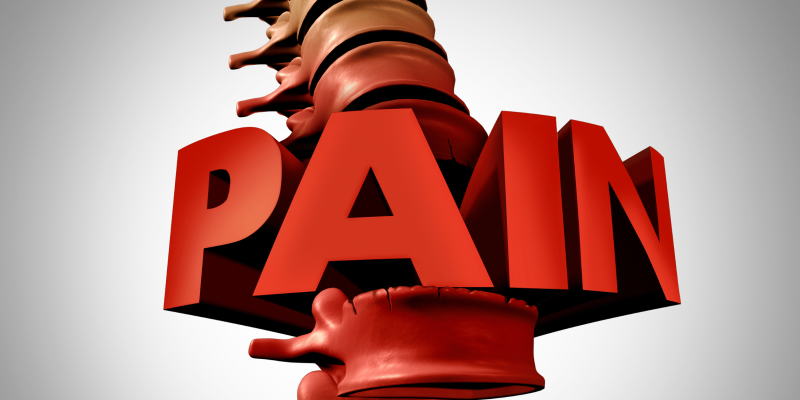Pain is not always equal damage.
Pain is a complex warning system, which your body uses to try to protect you from a potential threat or danger. For example, if you broke a bone in your foot, your body would produce pain to stop you walking on it and allow it to heal.
Pain is not always an accurate measure of tissue damage and sometimes we have false alarms of the warning system. An example of this is phantom limb pain, where a person experiences pain in a limb that has been amputated.
We know that the relationship between pain and tissue damage becomes weaker the longer pain has been present. Pain can persist despite tissues being healed. For many chronic conditions, including most forms of arthritis, evidence tells us regular movement will improve overall pain in the long term even though it may feel painful to begin with.
When I have a patient with chronic pain, most commonly chronic lower back pain understanding the pain they are experiencing is crucial for their recovery.
In majority of the cases they have been told, they have a disc bulge based on their MRI report, their hip is out of alignment, or they have one leg shorter than the other, (leg length discrepancy).
What those diagnoses have in common is they are all reflecting soft tissue damage or structural dysfunction as a primary source of pain.
In this article, I would like to share with you some information regarding pain beyond tissue damage or structural dysfunctions. I believe this information will help you to gain knowledge that could fasten your recovery.
Acute vs Chronic pain
Research has shown, acute pain is short term & tends to be more associated with damage or possible damage to soft tissue. In comparison, chronic pain lasts longer than acute pain and often does not indicate ongoing damage, even though it may feel like it.
Experts believe “The amount of pain you experience does not necessarily relate to the amount of tissue damage you have sustained” Dr. Lorimer Moseley, PT, Ph.D.
This idea is important to always keep in the back of our minds especially in chronic pain. All too often we believe (often because healthcare providers unknowingly misinform us) that pain and injury are the same.
The problem with this thinking is that:
1- It has been shown to be incorrect. We can have horrible pain without having an injury and vice versa.
2- Thinking this way tends to lead to more invasive procedures like surgery that are often ineffective for many chronic pain conditions.
Pain is not = to damage
This was the established view but more recent research has changed our thinking. It often feels like persistence pain is due to ongoing or recurrent damage to your body. However, pain that remains after 3months often has more to do with changes in the nervous system. (readmore).
The take-home message here is that pain is your brain’s response to feeling threatened. Sometimes this is associated with injury and sometimes it is not. In most cases, the pain will resolve with time and movement.
Find a therapist who approaches pain from a whole-person, BioPsychoSocial framework and utilizes low-risk, minimally invasive interventions before rushing into surgery.
Our Approach
Dublin Sports Injury Clinic is a physical therapy clinic based in Fitzwilliam Square, Dublin2. Patient education will be part of our treatment. We believe understanding the pain is essential for every individual for faster recovery. While we explain the how and why we perceive pain in layman’s terms, we show you how to monitor your daily activity within a pain-free range of movement.
Next step
Want to get in touch with our team of a therapist or you are looking for some advice? Simply fill in your details below & we get in touch with you shortly.
Disclaimer: This article is for information only and should not be used for the diagnosis or treatment of medical conditions. You can contact us if you would like to book an appointment or get some advice from our therapist.
